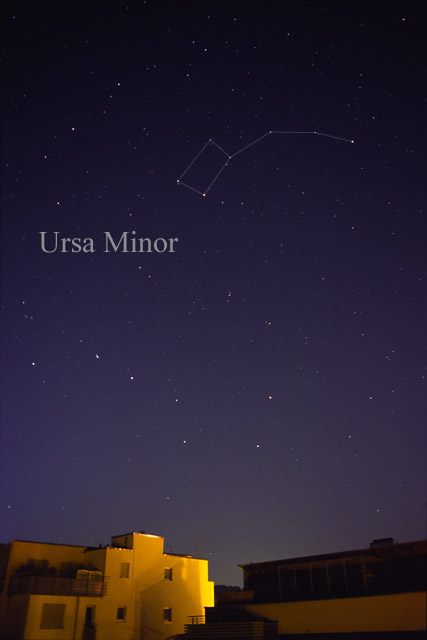Discovering Ursa Minor: A Guide to Spotting the Little Dipper

As summer unfolds, stargazers are encouraged to explore the night sky by locating Ursa Minor, commonly known as the Little Dipper. This constellation features Polaris, the North Star, which serves as a critical navigational point. Despite its cultural and navigational significance, many people have never seen the Little Dipper due to light pollution obscuring its faint stars.
Ursa Minor consists of seven stars, with Polaris marking the end of its handle. According to Dr. Emily Carter, an astrophysicist at Princeton University, "The Little Dipper is often overshadowed by its larger counterpart, Ursa Major, which is more prominent and contains the brighter stars. This makes Ursa Minor less recognizable to casual observers."
The stars of Ursa Minor are less luminous, often invisible in urban environments. Light pollution has severely impacted the visibility of celestial bodies, a problem highlighted in the 2022 report by the International Dark-Sky Association, which stated that over 80% of the world's population lives under light-polluted skies (International Dark-Sky Association, 2022).
To locate Polaris, observers can use the two outer stars of the bowl of the Big Dipper, Dubhe and Merak, as pointers. Drawing a line through these stars extends towards Polaris, making it easier to find. According to Dr. Mark Thompson, an astronomer at the University of California, Berkeley, "This method is a time-honored technique amongst navigators and amateur astronomers alike, as it provides a reliable way to locate the North Star."
Polaris is unique in its positioning; it remains nearly stationary in the night sky throughout the year, providing a consistent reference point. However, its brightness is often overestimated. Despite being a Cepheid variable star, which means its brightness fluctuates, it ranks only 47th in overall brightness among stars (NASA, 2023).
The visibility of the Little Dipper varies significantly with geographic location. For instance, in Minneapolis, Polaris appears halfway between the horizon and the zenith, while at the North Pole, it is directly overhead. This variance is explained by Dr. Laura Patel, an astronomer at the Massachusetts Institute of Technology, who states, "The altitude of Polaris changes depending on your latitude, making it an excellent tool for navigational purposes."
Furthermore, the stars Kochab and Pherkad, which can also be seen in Ursa Minor, are often referred to as the 'Guardians of the Pole.' They mark the corners of the bowl of the Little Dipper. Their historical significance is noted in Columbus' logs during his voyage across the Atlantic, where he utilized these stars for navigation (National Geographic, 2021).
The Little Dipper's visibility serves as an indicator of sky quality. If all four stars in its bowl are visible, one can consider the sky to be in excellent condition. However, recent years have seen a marked decline in star visibility due to urban development and increased artificial lighting. The 2021 study published in the Journal of Environmental Management emphasizes the urgent need for initiatives to combat light pollution to preserve our night skies (Journal of Environmental Management, 2021).
In conclusion, while the Little Dipper may not boast the brightness of its larger counterpart, it remains a significant constellation for navigation and cultural heritage. As urban environments grow, it becomes increasingly important for communities and individuals to advocate for dark sky initiatives and environmental conservation. Exploring the night sky and finding Ursa Minor can serve as an educational and enriching experience, fostering a deeper appreciation for the cosmos and our connection to it. Future initiatives and public interest in astronomy may help mitigate the effects of light pollution and encourage a resurgence in stargazing activities across urban areas.
Advertisement
Tags
Advertisement





